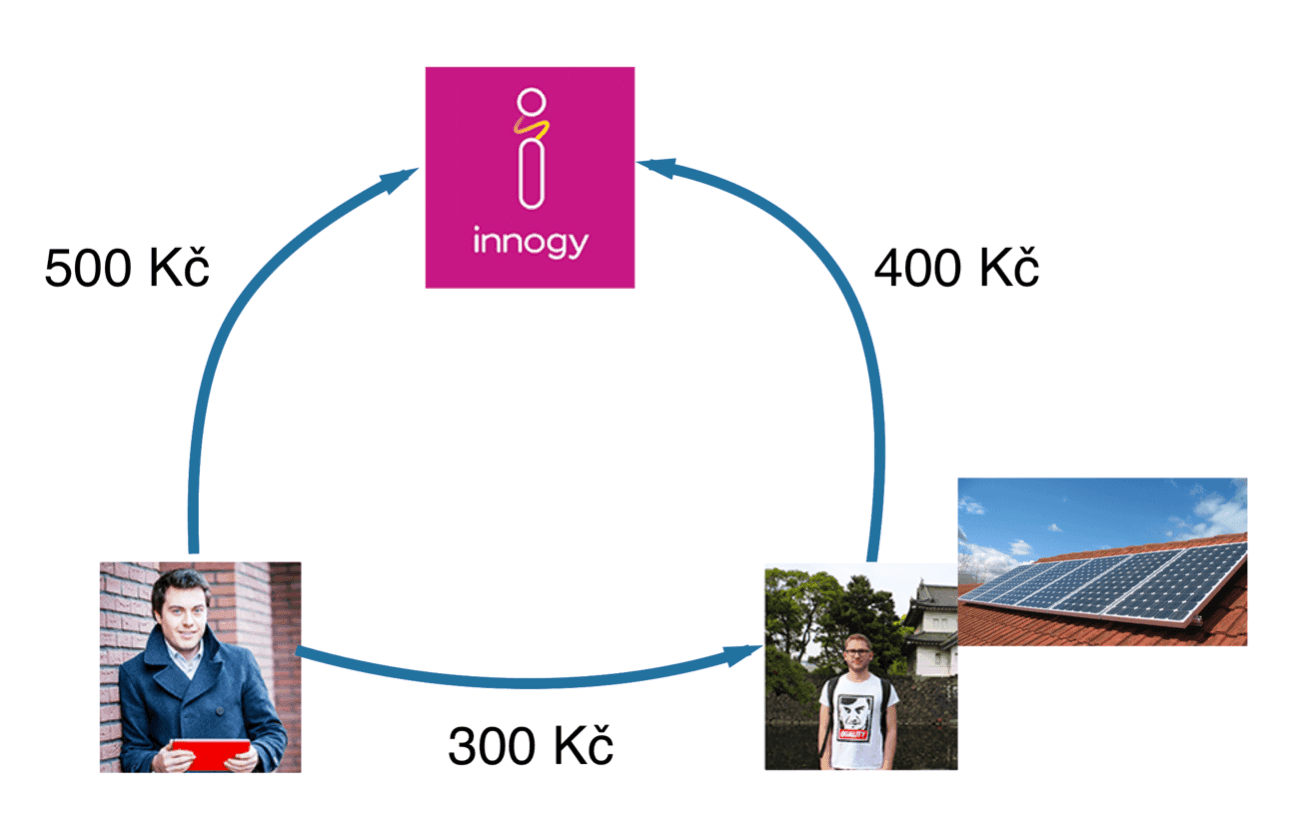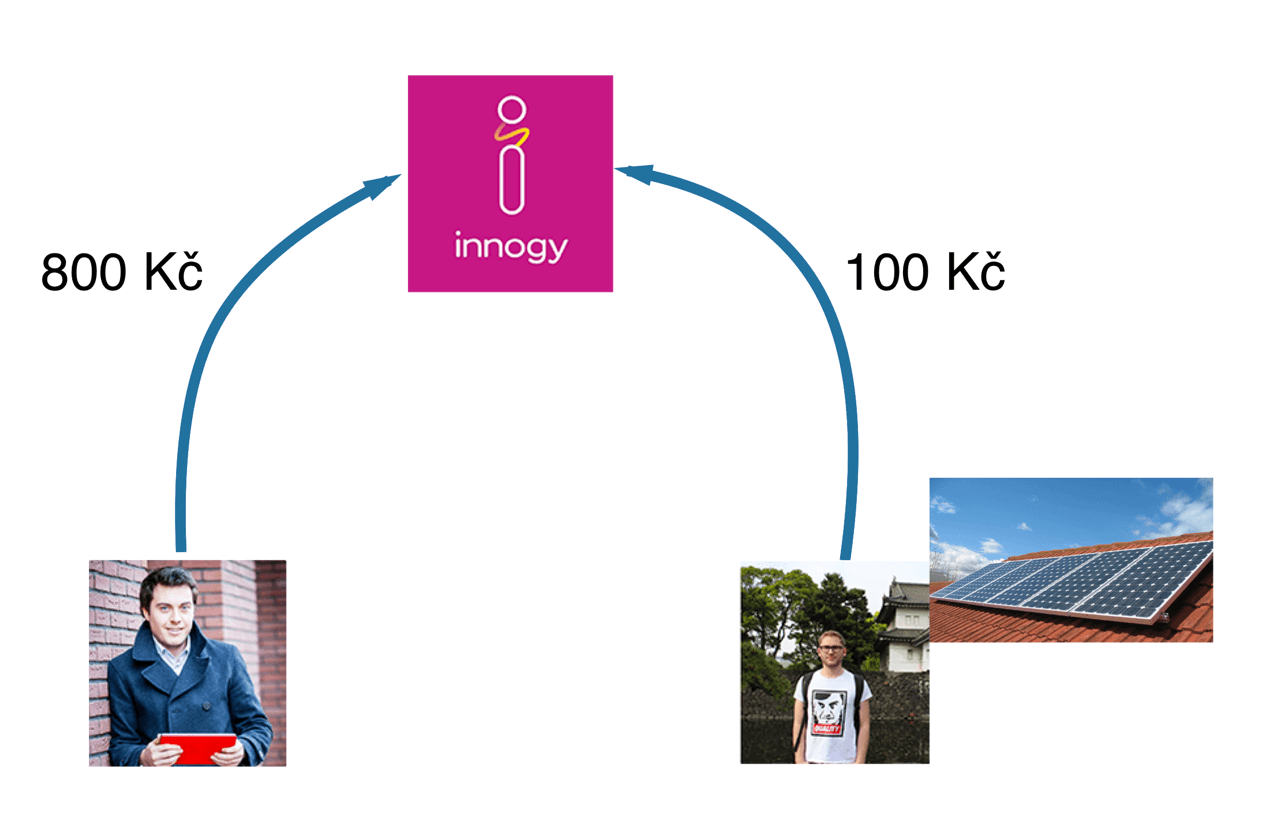
During November, our Team, consisting of David, Dominik and Jirka, participated in the CEE Hacks – Smart energy Hackathon. "Don't you have enough programming to do from your regular work?" you may ask.
Well, yes (some of us), but sometimes we like to work with different technologies, or just accept new challenges. In addition, the theme of this hackathon seemed rather fun to us. Last but not least, there were a lot of great companies supporting the hackathon as sponsors, and we took the opportunity to show off our skills to potential new partners.
Our topic was “Disrupting Energy Models”, which was great since we had no experience with energy or electricity (except for what I learned in High school and University). The easiest way of disrupting something is not knowing how it works at all, since right off the bat you are not bound to a status quo.
On Friday morning we listened to keynotes from sponsors, explaining problems and datasets. After lunch and a short brainstorming session, we had a clear idea of what we would code. Since we had been playing with blockchain technologies for quite some time, we wanted to disrupt the energy model using that very technology.
First we needed to define a few problems within the area:
- The energy industry needs fresh air since it really hasn’t evolved much since the 80s
- Sharing energy is a hot topic nowadays, especially with renewable energy
- Prosumers* are on the rise
- P2P Energy distribution is problematic due to legislative decisions
- A centralised solution is not good for smaller producers
* A prosumer is someone who not only consumes energy, but also produces it (with their own solar panels i.e.)
Concept
So what concept did we decide to build?
The Smart Energy Chain With an Automatic Settlement (SECWAS for short). Unraveled further, it is a Network where users can share energy, and consumption is automatically settled in the best possible way within the network. Since all information regarding consumption and settlements are written in a blockchain, it is transparent to everyone.
Let's take a look at an example:
There are 3 participants in the scenario. Innogy, a big energy provider, and two households represented by Dominik (left) and David who also have their own solar panels. Both Dominik and David are consuming energy from innogy and both are consuming energy from David's solar panel.

Without our system, the end of the month transactions would go as described in the picture above. If the network would be more complicated, it would end up being messy for everyone. However, if we let our system automatically write the consumption information and make transactions across the network, the same scenario could look a bit different.

The Network could see that Dominik, instead of paying both parties, could only pay Innogy, and pay what he owed to David directly to Innogy, thus lowering David's debt.
Usability
When we described this solution to the mentors, they were very impressed. They liked the simplicity and leveraging of the the blockchain’s capabilities. They also praised the scalability of the network and how the whole neighborhood could take part in the process. With electric vehicles gaining more and more market shares, the need for building some energy sharing network is inevitable.
How we built it
As storage for consumption information and settlements, we used Ethereum. We wrote SmartContract, which held the information and calculated the actual debts. Settlements were stored on the blockchain as regular transactions. Therefore, all transactions are visible to everyone and everything is transparent and decentralized.
In addition, we wrote a simple service which was able to register users and read information from Ethereum.
The last piece of the puzzle was our App, which allowed users to see consumptions and create settlements in the network. Because we wanted to add something extra, we included a module for charging electric vehicles. We used a simple calculator to show how much you had to pay to the third party for charging your car. Since the concept of EV's is pretty new, a lot of people don't have a clue about how much it costs to "fill the battery".
The only thing we had to emulate were the "smart wall plugs", which could report how much energy went through them. This was more than okay for a prototype. In a real life scenario, there should be some kind of smart wall plug, which would be ready for use in this case.
Result
Below you can see screenshots and videos of our app. We made a fully functional Proof of Concept, and were really happy with the amount of progress we made within the 48 hour period with the range of new technologies we were experimenting with. Unfortunately, we did not win, but it is the attending that counts, right? We are looking forward to our next hacking challenges.





